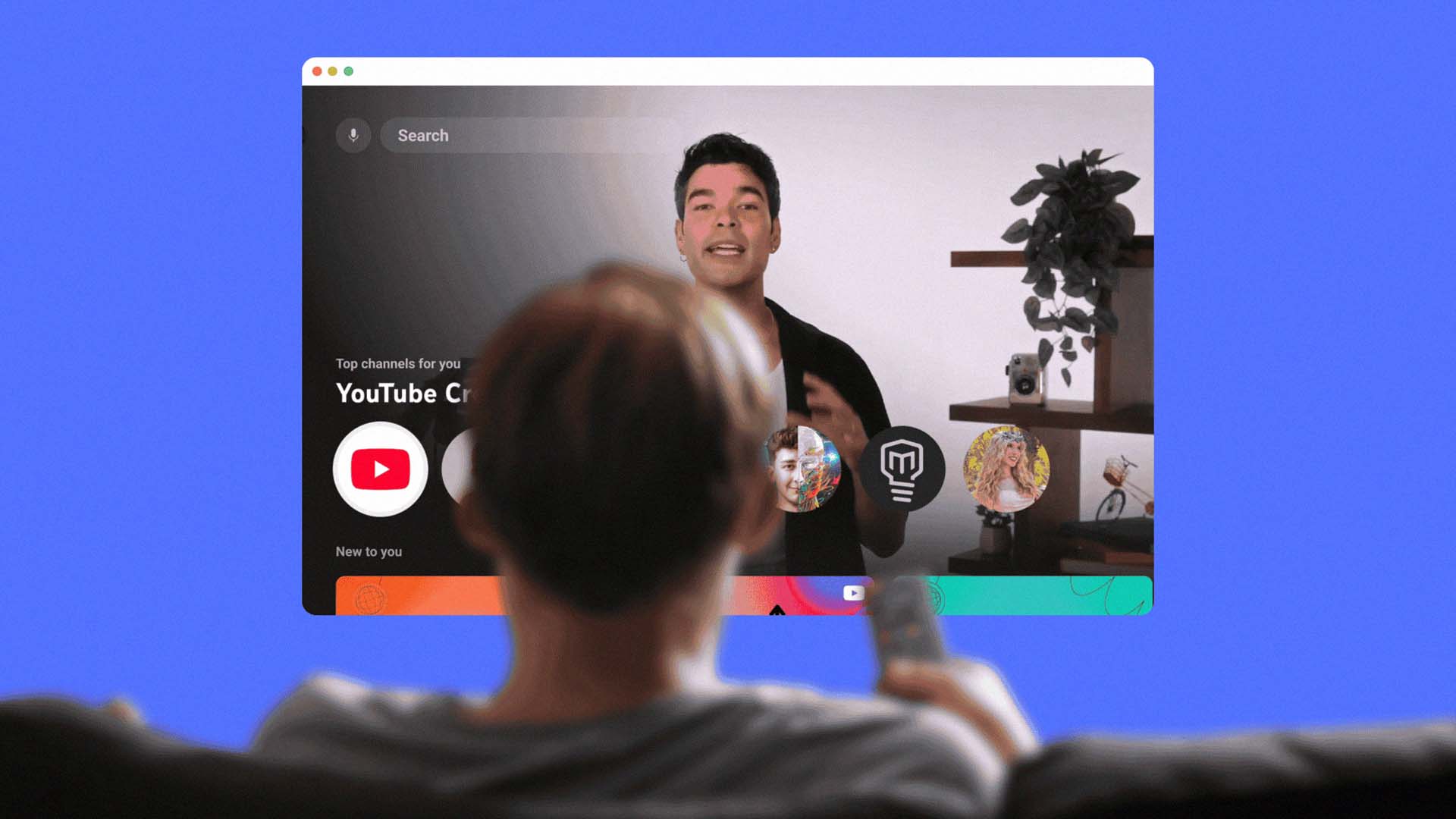
This website uses cookies to ensure you get the best experience.

YouTube is conquering the living room, transforming the big screen into a dynamic hub for creator content. As YouTube rolls out Netflix-style features, AI-driven quality upgrades, and seamless shopping integrations, the platform is proving that the future of TV isn't just streaming, it's creator-driven.
The living room is no longer an afterthought for creators; it is the target. YouTube has reported a 35% increase in year-over-year 4K video uploads, demonstrating that creators are prioritizing high-quality content for TV streaming.
To support this, YouTube is rolling out major technical upgrades:
Why this matters for marketing: High production value is now non-negotiable. For brands partnering with influencers, the "homemade" aesthetic is evolving into broadcast-quality content. Your product placement isn't just a blip on a phone screen, it’s a new type of commercial in the living room.
Traditional TV strongholds, like sports and kids' programming, are migrating to YouTube. Sports content watchtime on TV grew over 30% year-over-year in 2024. Viewers are using the platform as a one-stop-shop for highlights, interviews, and analysis.
Perhaps the most exciting development for influencer marketing is the pilot of "Watch With." This feature allows creators to provide live commentary and real-time reactions to games and events.
The Marketing Opportunity: This effectively transforms favorite creators into the new sportscasters. Brands can sponsor these "Watch Parties," integrating into the live excitement of a game through the trusted voice of a creator, rather than a generic commercial break.
The most powerful update for marketers is the friction-free shopping experience coming to the big screen.
This bridges the gap between "brand awareness" and "direct response". A viewer can lean back to watch a video on their TV, and lean forward to scan and buy on their phone instantly.
The data confirms that the living room is the place for the creator economy:
For brands and influencers, the strategy is clear: optimize for the big screen, leverage the "second screen" for shopping, and treat YouTube not just as social media, but as the world's most accessible television network.